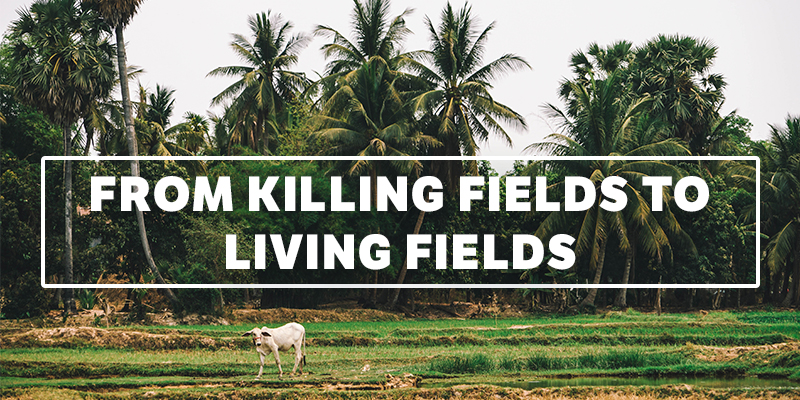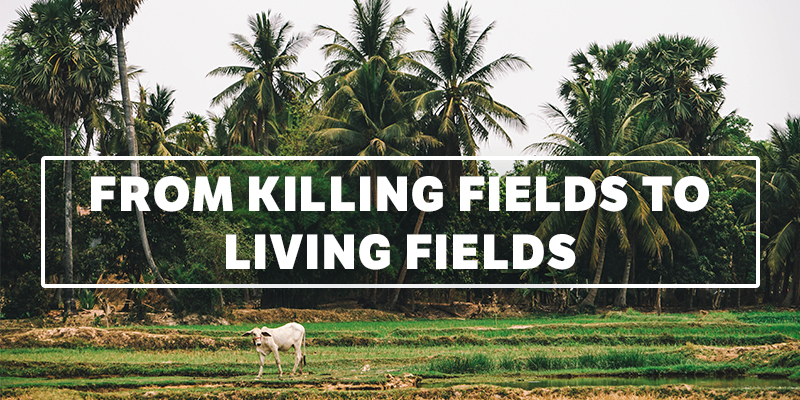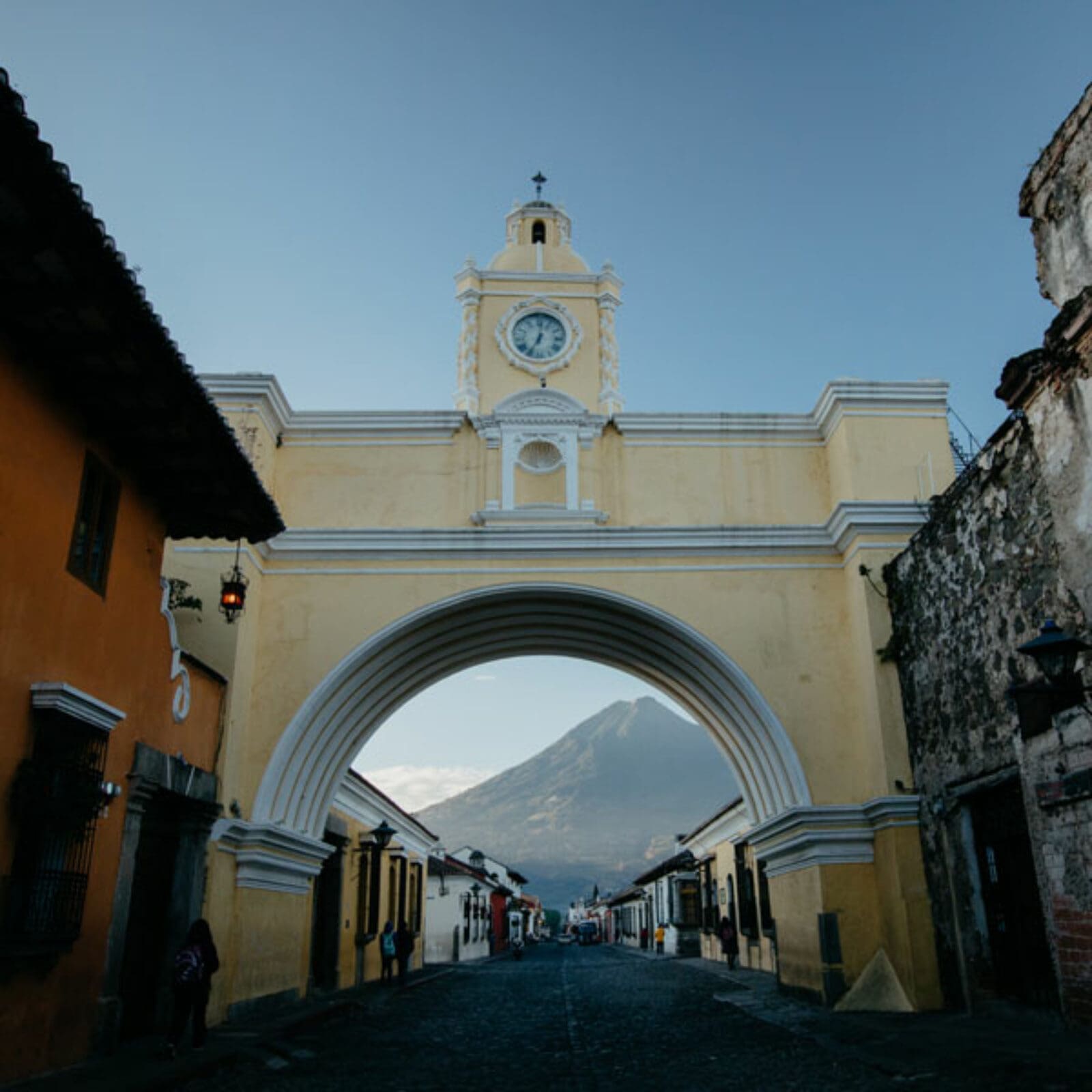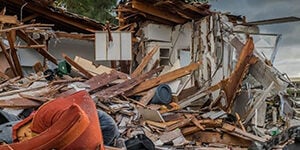

I knew very little about the Khmer Rouge and the mass killings that took place in the 1970’s before coming to Cambodia. When we arrived, I picked up First They Killed My Father, a book written by a woman who was 5 years old when the Khmer Rouge started their killing spree. I couldn’t put it down and read it in 2 days. It was recently made into a movie on Netflix, and I recommend everyone watch it if you want a better understanding of the realities of the war.
The Khmer Rouge was a regime that ruled Cambodia from 1975-79. The goal was to turn Cambodia into an agrarian society with Communist ideals. In 1975, the capital city of Phnom Penh was cleared out and everyone was forced into communal villages in the countryside. Any person with an education, ties to the government, or artistic abilities were considered “enemies of the state” and eliminated. “Better to kill an innocent by mistake than to spare an enemy by mistake,” a quote by dictator Pol Pot, leader of the Khmer Rouge. Out of a population of 8 million people, 2 million died in the 4 years.
People who were moved from cities to farms had no idea how to survive in that kind of environment. They were forced to work from sunrise to sunset, and were given minimal rations. People starved or died of preventable diseases. Many children were taken from their families and put into re-education camps, where they were brainwashed to believe the ideals of the Khmer Rouge and taught to turn against their own families.
The Khmer Rouge was finally overthrown when the Vietnamese invaded Cambodia in 1979 and liberated the death camps. Most Khmer (Cambodian) people had been forced out of their homes, and ended up in refugee camps in Thailand and Vietnam. The country is still recovering 40 years later. The burden that these people still carry can be physically felt to this day. There is a spirit of fear and unrest that permeates life in Cambodia.
The Khmer people that we have met during our time in Siem Reap are so loving and hospitable. It breaks my heart to think about how they have suffered. We have been able to see the long-term effects of the Khmer Rouge in 3 practical ways:
Lack of Fatherhood/Motherhood –
Almost 80,000 children were made orphans by the Khmer Rouge. Family ties were devalued and the wisdom that an older generation passes along to a younger was lost. In some ways, the current generation that are age 30-45 are the trailblazers for restoring an overall sense of family trust to the country. Most people we meet have 2 living generations – essentially missing the grandparent generation. It’s easy to see the lack of stability and generational wisdom in business and government. A lot of the businesses in Siem Reap are owned by foreigners and the current President is still from a Communist-embracing party. This has limited the countries ability to recover and grow their economy.
Lack of Education –
Anyone with an education was killed in the Khmer Rouge. This led to an extermination of an entire generation of intellectuals. Also, the generations that followed this era were left without teachers or educated parents. So many of the Khmer people we have met are illiterate. School costs money here, and many Khmer, especially poor farmers living in villages, do not have the money to send their children to school. They also do not see a need for education, since they are just rural farmers. Cambodia is about 30 years behind other Southeast Asian countries in terms of technology, infrastructure, and education. Many Khmer people are hungry to learn English, because that is their key into the workforce, especially in Siem Reap where there are so many tourists.
Lack of Leadership –
This month, our ministry was to find new hosts in the Siem Reap area to partner with the World Race and host future teams. We emailed over 40 non-profits and churches in the area and met with contacts. We made some great connections, but we noticed that most of the people we were meeting with were not Khmer. They were from Malaysia, the Philippines, Australia, Europe. Siem Reap is full of ex-pats, so this makes sense, but it also stems from the lack of leadership among Khmer people. Anyone with ties to business or government, that would have been the leaders of this generation, were eliminated during the Khmer Rouge.
There is an upcoming election in July, and the current Prime Minister has ties to the Khmer Rouge. People here are worried about the outcome of the election, and tensions are high. The opposition party has already be disbanded and outlawed from the election. Please join us in praying that the Khmer people would come together and elect a democratic, fair, visionary leader. Pray that the elections are peaceful and there are no dangerous protests or riots.








Powerful article for understanding the current situation there! Praying for the upcoming elections, the khmer people, and next leg of your race!!!!
Kayla, thank you so much for sharing insight to what the people are going through there! I am definitely interested to read that book (and probably more likely see the movie)! Praying for the people, and protection over your team as you influence those you come into contact with!
Good outline of the issues. I have a deep interest in how we help the Cambodian people and have been looking for redemption for 37 years.